Laure Crochepierre
RTE, LORIA, ORPAILLEUR, UL
A Reinforcement Learning Approach to Domain-Knowledge Inclusion Using Grammar Guided Symbolic Regression
Feb 09, 2022
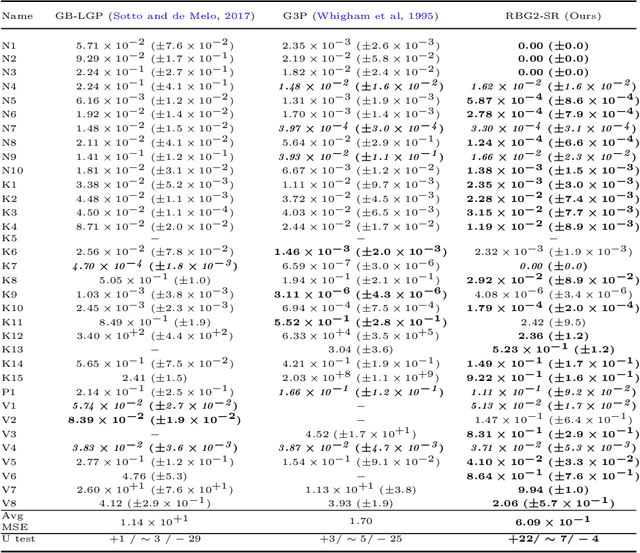

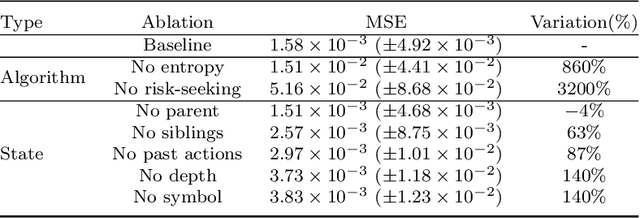
Abstract:In recent years, symbolic regression has been of wide interest to provide an interpretable symbolic representation of potentially large data relationships. Initially circled to genetic algorithms, symbolic regression methods now include a variety of Deep Learning based alternatives. However, these methods still do not generalize well to real-world data, mainly because they hardly include domain knowledge nor consider physical relationships between variables such as known equations and units. Regarding these issues, we propose a Reinforcement-Based Grammar-Guided Symbolic Regression (RBG2-SR) method that constrains the representational space with domain-knowledge using context-free grammar as reinforcement action space. We detail a Partially-Observable Markov Decision Process (POMDP) modeling of the problem and benchmark our approach against state-of-the-art methods. We also analyze the POMDP state definition and propose a physical equation search use case on which we compare our approach to grammar-based and non-grammarbased symbolic regression methods. The experiment results show that our method is competitive against other state-of-the-art methods on the benchmarks and offers the best error-complexity trade-off, highlighting the interest of using a grammar-based method in a real-world scenario.
Towards an AI assistant for human grid operators
Dec 03, 2020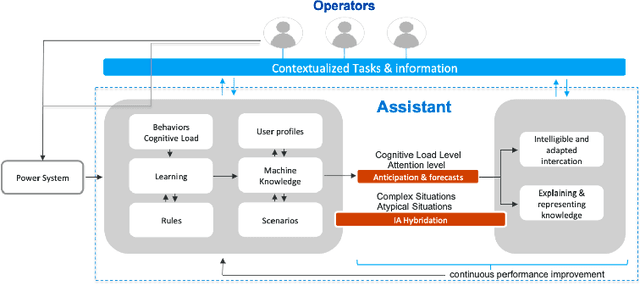
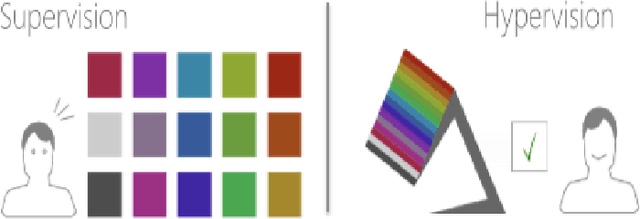
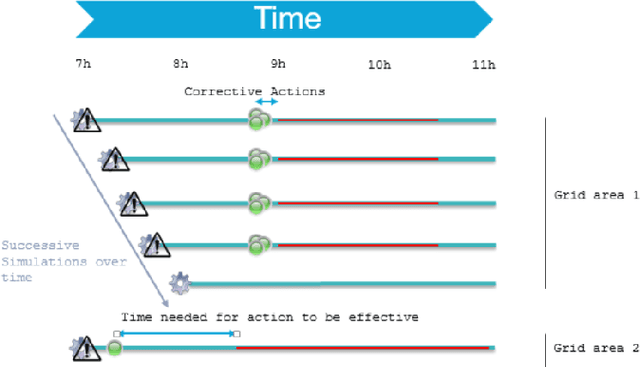
Abstract:Power systems are becoming more complex to operate in the digital age. As a result, real-time decision-making is getting more challenging as the human operator has to deal with more information, more uncertainty, more applications and more coordination. While supervision has been primarily used to help them make decisions over the last decades, it cannot reasonably scale up anymore. There is a great need for rethinking the human-machine interface under more unified and interactive frameworks. Taking advantage of the latest developments in Human-machine Interactions and Artificial intelligence, we share the vision of a new assistant framework relying on an hypervision interface and greater bidirectional interactions. We review the known principles of decision-making that drives the assistant design and supporting assistance functions we present. We finally share some guidelines to make progress towards the development of such an assistant.
 Add to Chrome
Add to Chrome Add to Firefox
Add to Firefox Add to Edge
Add to Edge